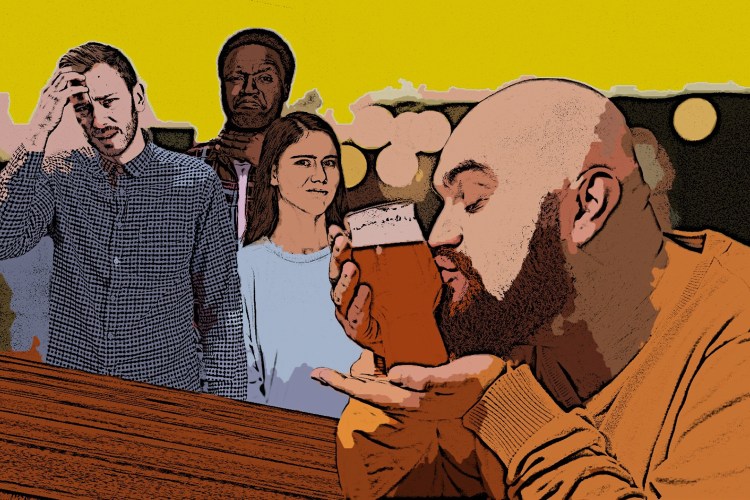Russia is in quite a few headlines of late—stories about its possible role in the 2016 U.S. election and suspicions of collusion between it and the Trump administration dominate the headlines. But Russia is a vast country with a complicated history, whose politics and people are indelibly linked to the past.
Ian Frazier, writing for Smithsonian magazine, set out to explore the legacy of Russia’s Bolshevik Revolution in 1917, 100 years after the fact, in Russia itself. As he writes, “I’ve traveled enough in Russia that my [affections for it] are more complicated. I know that almost no conclusion I ever draw about it is likely to be right. The way to think about Russia is without thinking about it.”
With that in mind, RealClearLife has teased out some of the most interesting facts from Frazier’s pilgrimage. (We strongly urge you to read Frazier’s entire, five-part essay in the Smithsonian.)
-St. Petersburg was renamed Petrograd in 1914, because Russia was fighting Germany in World War I at the time and some feared the city’s old name sounded too German. After the revolution, it was changed again to Leningrad, then back to St. Petersburg in 1991. Many Russians just call it “Peter.”
-Frazier also makes a incendiary claim: “Russia invented terrorism, that feature of modern life, in the 1870s. Young middle-class lawyers and university teachers and students joined terror groups of which the best known was Naródnaya Volia, or People’s Will. They went around shooting and blowing up czarist officials, and killed thousands.”
-By 1917, the Russian army had lost more than three million men in World War I, and the soldiers and commoners alike were lobbying for peace. People were starving, and protests and strikes began. This sparked the February Revolution, which was led mainly by the Mensheviks, a splinter faction of socialists who had broken off from Vladimir Lenin’s Bolsheviks. In October of that year, the Bolsehviks led an armed rebellion to seize power, which led to the Russian Civil War.
-Of Lenin’s return to Russia to inspire the revolution, Frazier writes that it took weeks to happen. “Through German contacts he and a party of other exiled revolutionaries received permission to go by train via Germany, whose government encouraged the idea in the hope that Lenin and his colleagues would make a mess of Russia and thereby help Germany win the war.”
-In Russia’s Artillery Museum, the armored car Lenin was driven into St. Petersburg (née Petrograd) is on display. He stood on its hood and gave a number of speeches, after returning from exile. Frazier writes: “Up close the armored car resembles a cartoon of a scary machine. It has two turrets, lots of rivets and hinges, flanges for the machine guns, solid rubber tires, and a long, porcine hood, completely flat and perfect for standing on.”
-Bolshevik headquarters was in one of the city’s fanciest buildings, once owned by a ballerina.
-As Frazier notes, “St. Petersburg has not changed much from when it was revolutionary Petrograd. The Bolsheviks’ move of the government to Moscow in 1918 exempted the former capital from a lot of deconstruction and rebuilding; becoming a backwater had its advantages.”
This article was featured in the InsideHook newsletter. Sign up now.























